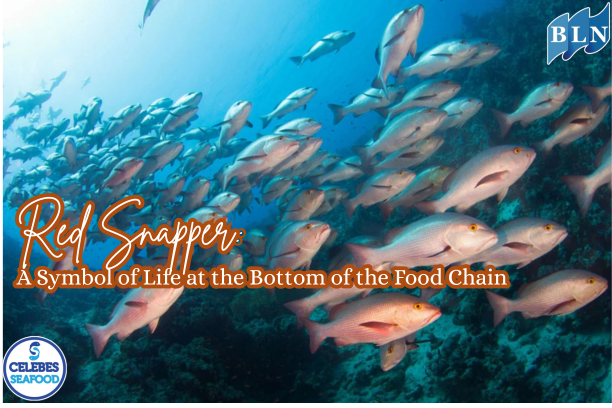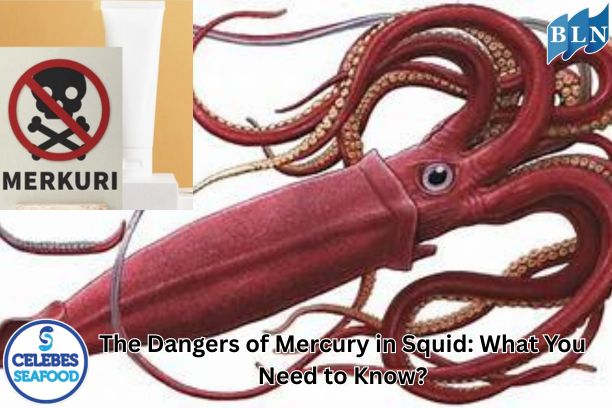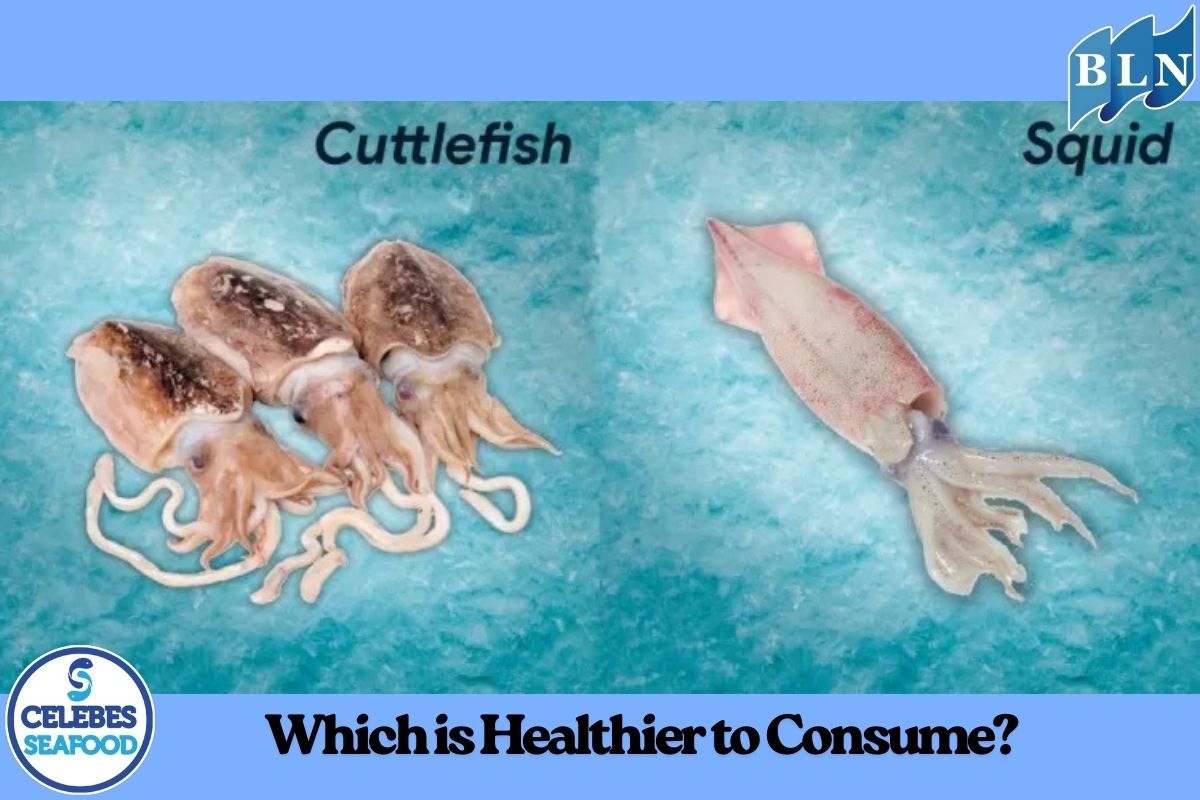Fermentation for Fish Sauce Production from Low-Value Fish
By. Azizah - 18 Jun 2025 A Green Pearl of the Coast, an Easily Accessible Source of Chlorophyll and Minerals (1).jpg)
lautnusantara.comUtilizing low-value fish as raw material for fish sauce production is a strategic alternative to increase added value and reduce fishing by-product waste. This study aims to develop a simple fermentation technology to produce quality fish sauce from locally available low-value fish. The fermentation process was carried out using salt and natural proteolytic enzymes for 30–60 days at room temperature. Parameters analyzed included protein content, salt concentration, pH, and sensory evaluation. Results showed that fermentation for 45 days produced the best-tasting fish sauce with high soluble protein content and stable pH. This technology is feasible for both household-scale and small industry applications.
Introduction
Low-value fish are by-catch species that are often underutilized and commonly discarded as waste. However, these fish are rich in protein and other nutrients that can be developed into value-added products, such as fermented fish sauce. Fish sauce is a traditional liquid seasoning widely used in Southeast Asian cuisine, including in Indonesia. While fish fermentation techniques have been passed down through generations, there is a need for standardization to ensure safe and consistent products.
Research Method
1. Materials and Equipment
-
Main material: Fresh low-value fish (a mix of small fish species), obtained from the local fish auction (TPI).
-
Additional material: Coarse table salt (NaCl) with ≥97% purity.
-
Equipment: Fermentation containers (airtight plastic drums), digital pH meter, analytical balance, Kjeldahl distillation apparatus, titration tools (burette, pipette), drying oven, and sensory evaluation tools.
2. Experimental Design
This study used a Completely Randomized Design (CRD) with one factor: fermentation duration, consisting of three levels:
-
F1: 30 days fermentation
-
F2: 45 days fermentation
-
F3: 60 days fermentation
Each treatment was conducted in three replications.
3. Fermentation Procedure
-
Material preparation:
-
The fish were cleaned of dirt and slime.
-
Fish were coarsely chopped to accelerate fermentation.
-
-
Fermentation process:
-
Fish were mixed with salt at a ratio of 1:3 (salt:fish, w/w).
-
The mixture was placed in airtight plastic drums and stored at room temperature (27–30°C) without microbial starter addition.
-
Fermentation was carried out for 30, 45, and 60 days based on treatment.
-
-
Sampling:
-
Samples were collected every 15 days for chemical and sensory analysis.
-
4. Observed Parameters
-
Soluble protein content: Measured using the Kjeldahl method to determine protein breakdown.
-
pH: Measured using a digital pH meter to monitor acidity during fermentation.
-
Salt content: Measured using argentometric titration to determine salt concentration, which affects fermentation stability.
-
Sensory evaluation: Conducted by 15 untrained panelists using a 1–5 hedonic scale to assess the color, aroma, and taste of the fish sauce.
5. Data Analysis
The data were analyzed using Analysis of Variance (ANOVA) to identify significant differences between treatments. If significant, the analysis was continued with Duncan's Multiple Range Test (DMRT) at a 95% confidence level.
Discussion
The fermentation results showed that the duration of fermentation had a significant impact on the quality of the resulting fish sauce, both chemically and sensorially. The increase in soluble protein content during the fermentation process indicates ongoing proteolysis, which is the breakdown of protein by natural enzymes present in fish tissue and by microbial activity.
At 30 days of fermentation (P1), the fish sauce began to show an increase in protein content; however, the aroma and taste were still weak. This indicates that the protein decomposition process had not yet reached its peak. By the 45th day (P2), there was a significant increase in soluble protein content (12.8%) and a relatively stable pH (5.2), along with a flavor profile most favored by the panelists. This suggests that 45 days is the optimal fermentation time for developing natural flavor-enhancing components such as free amino acids and small peptides.
On the other hand, by the 60th day of fermentation (P3), the organoleptic quality began to decline. The emergence of strong odors and unpleasant taste was likely due to the formation of unwanted volatile compounds such as ammonia and free fatty acids, resulting from deamination and lipid oxidation. This shows that excessive fermentation time can reduce the final product quality.
These findings are consistent with previous studies, which stated that fish fermentation for 40–50 days produces the best quality sauce in terms of flavor and protein content before the quality deteriorates due to excessive microbial activity.
Overall, fermentation using 25–30% salt without added microbial starters can produce fish sauce that is both edible and economically valuable. Salt plays a crucial role in inhibiting pathogenic microbial growth while supporting the desired fermentative microflora. However, spontaneous fermentation like this poses challenges in quality standardization; therefore, for large-scale production, the addition of selected microbial starters is recommended.
If you are interested in our Coral Trout Fillet Skin On, CORAL TROUT WGG WHOLE GILLED GUTTED, TOMATO COD WHOLE GILLED GUTTED please do not hesitate to contact us through email and/or whatsapp.








